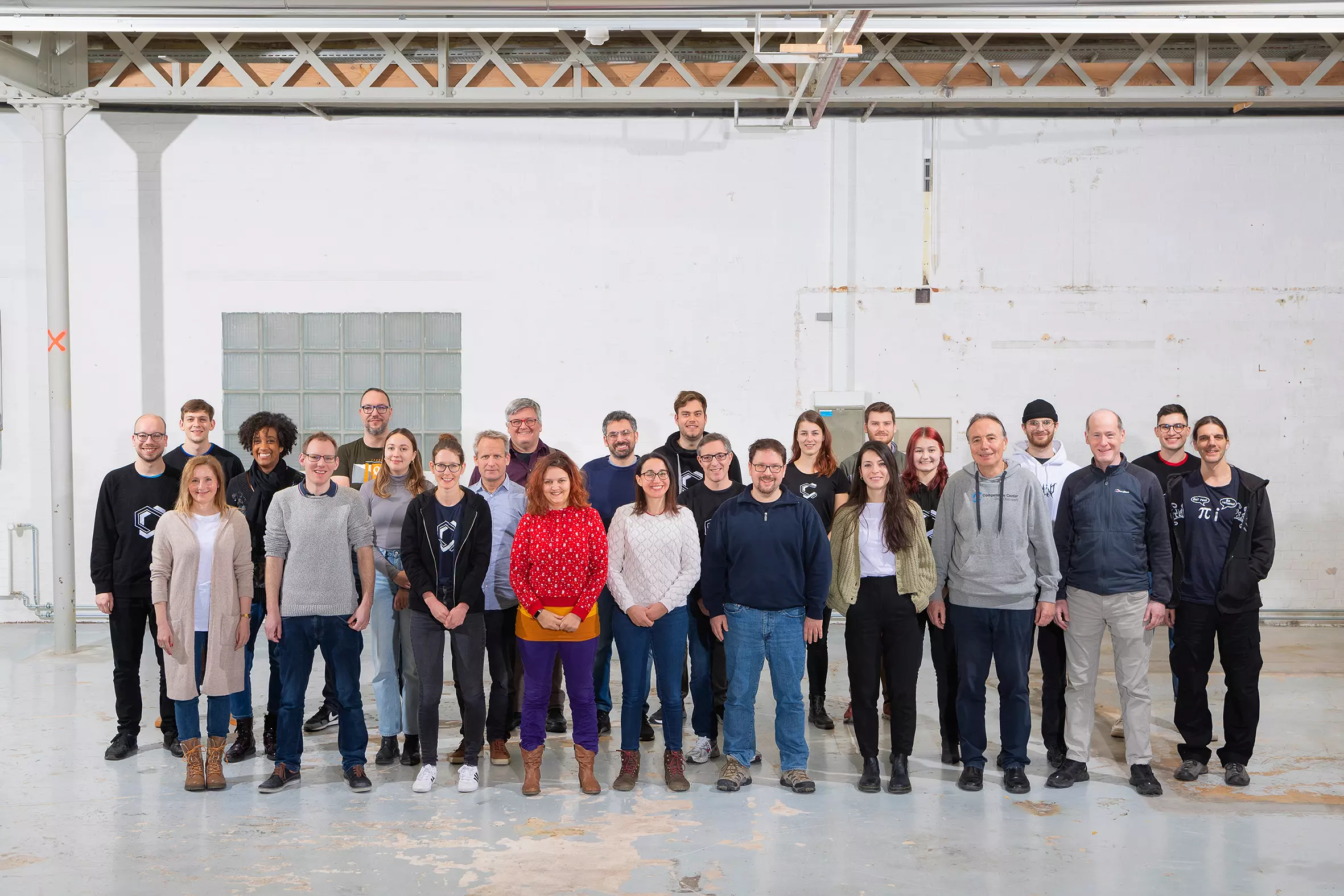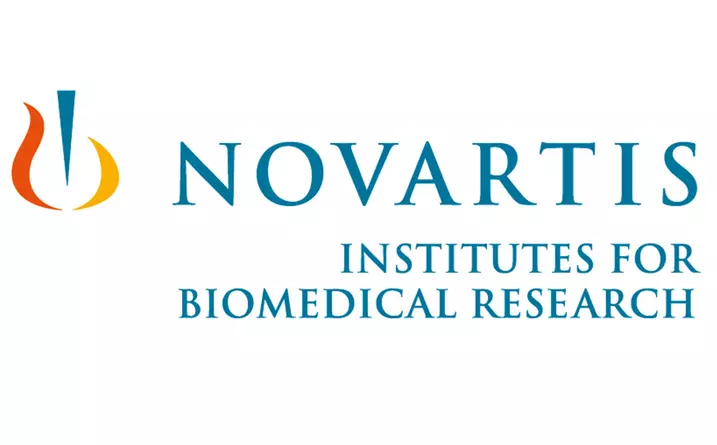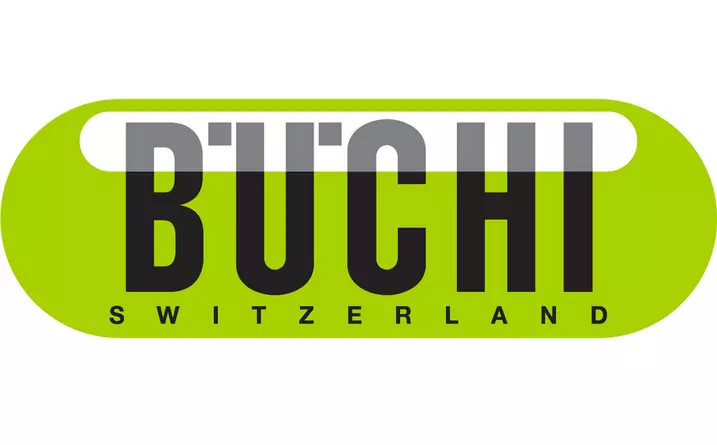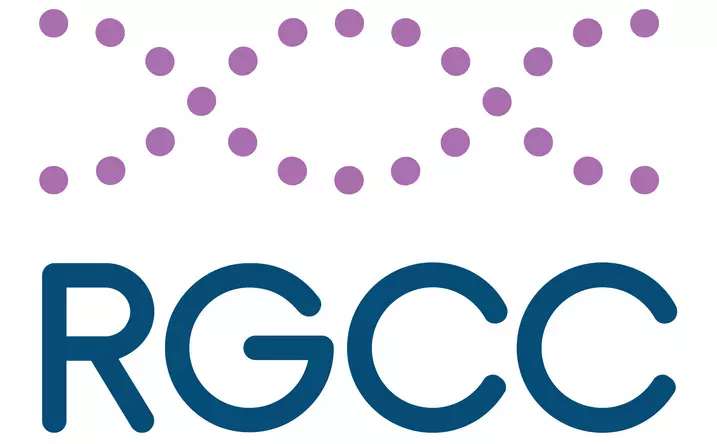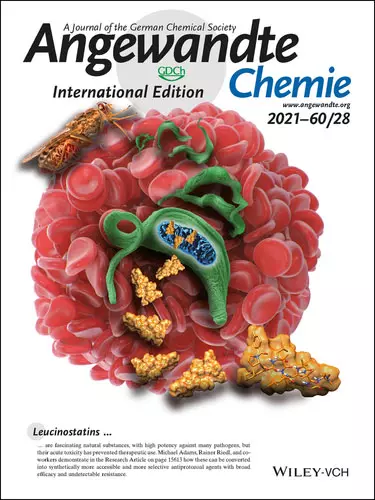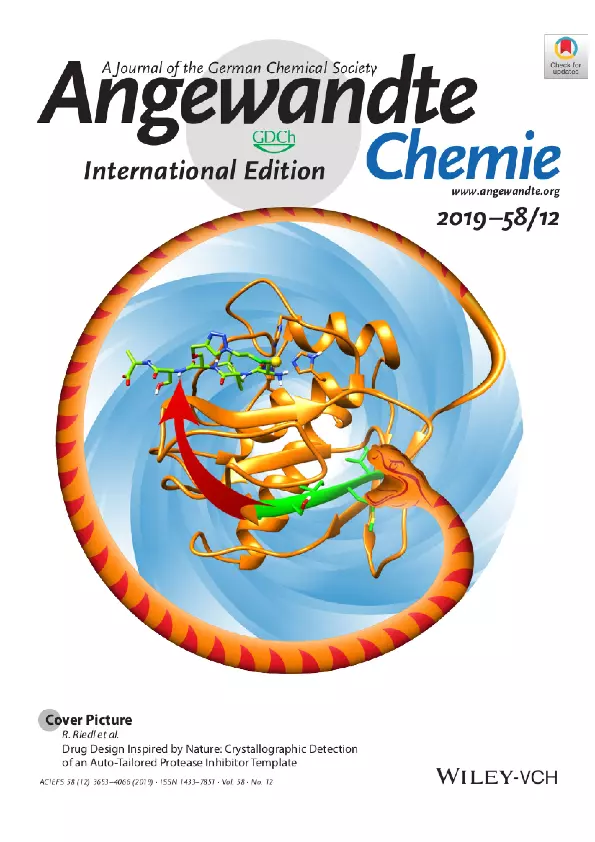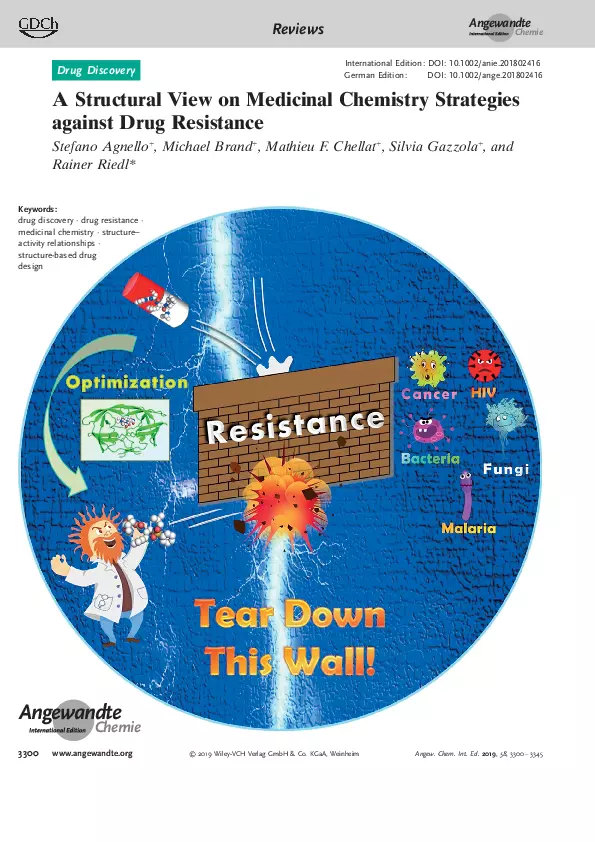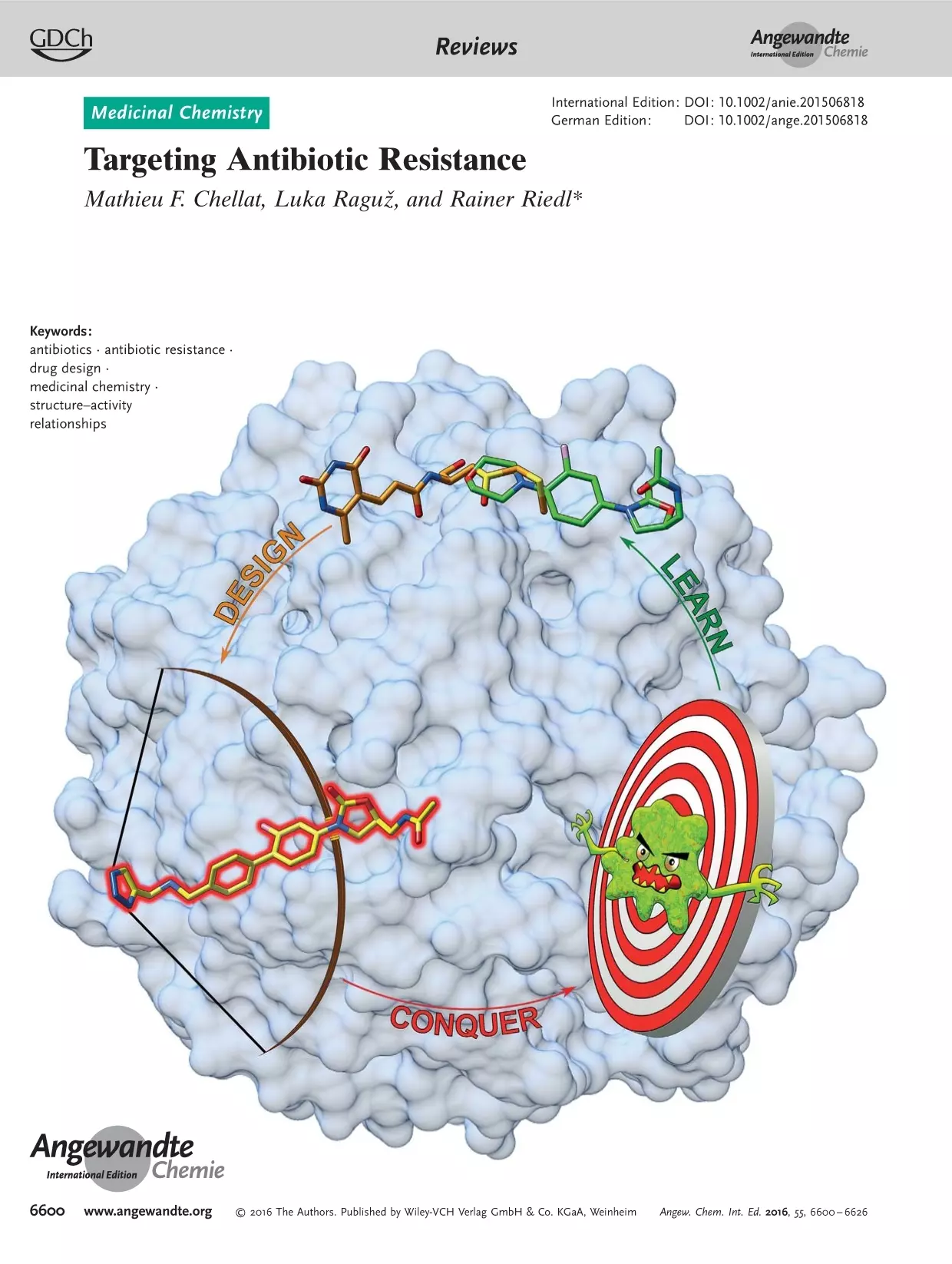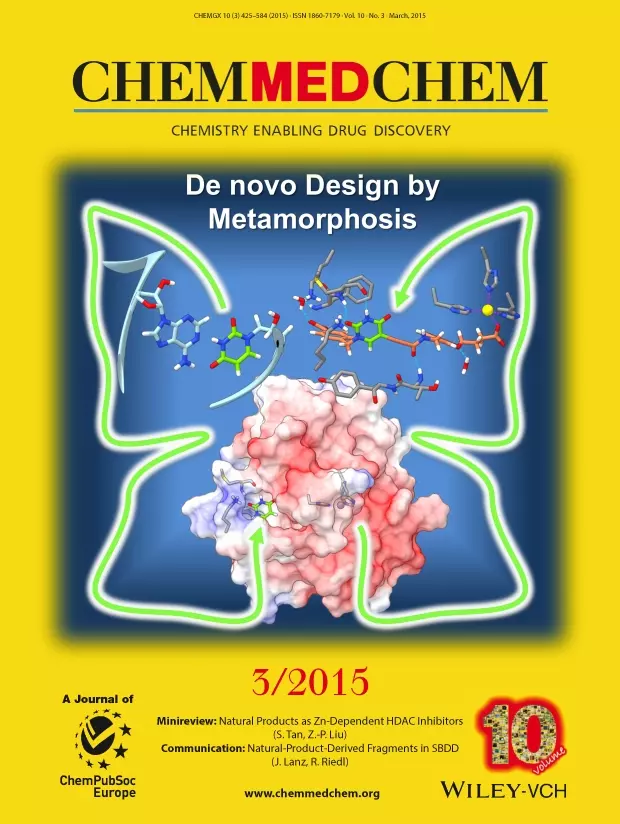Competence Center for Drug Discovery

The Competence Center for Drug Discovery (CC Drug Discovery) is dedicated to the discovery and development of new drugs for innovative therapies against serious diseases.
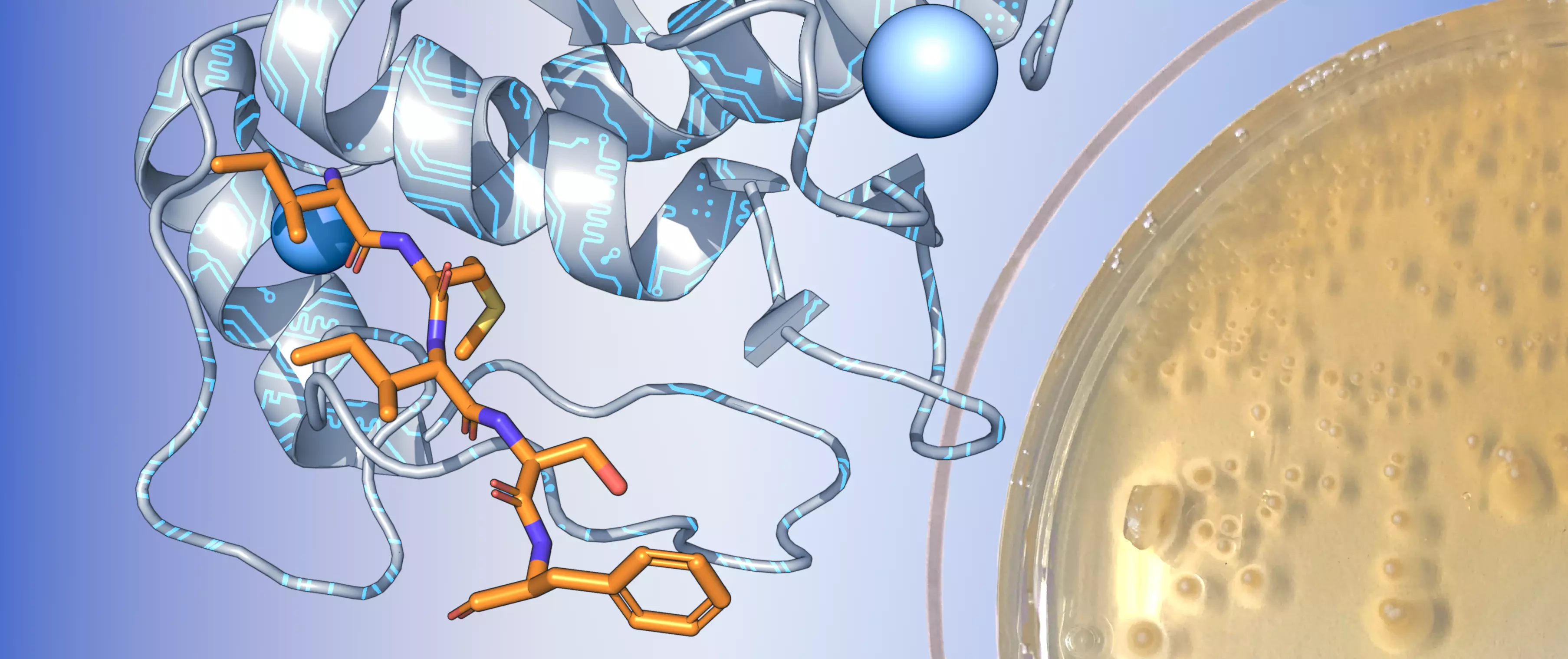
Translational drug discovery
The Competence Center for Drug Discovery at the ZHAW works on a national and international level with partners from industry and academia to develop new clinical drug candidates. Our mission is to address therapeutic issues in an interdisciplinary environment and to promote the synergy of biological, chemical and medical expertise. Our core competence in medicinal chemistry enables us to work with our partners on a range of indications (e.g. cancer, infectious diseases, metabolic diseases) for the benefit of patients.
2nd edition "Competencies in Drug Discovery"
The second edition of our symposium “Competencies in Drug Discovery”, brought together 160 international experts from industry and academia, providing both experienced scientists and young researchers with the opportunity for fruitful exchanges and discussions on the future of drug discovery.

1st edition "Competencies in Drug Discovery"
In June 2022, the first symposium “Competencies in Drug Discovery" took place at the ZHAW Wädenswil. During the symposium, projects from various therapeutic indications were discussed in an interdisciplinary environment to promote the synergy of biological, chemical and medical competencies.
Competencies
We cover the entire chemistry driven value chain of small molecule and peptide drug discovery:
- Medicinal Chemistry
- Organic Chemistry
- Computer aided drug design
- Natural Products
- Parallel and automated organic synthesis
- Microwave assisted organic synthesis
- NMR binding studies of small molecules
- Cheminformatics
- Recombinant protein production in different expression systems
- Protein characterization
- Microbial and cellular test methods
- Culture Collection of Switzerland (www.ccos.ch)
Projects
-
Dynamic combinatorial chemistry in drug discovery
Das Ziel des Projekts ist die Etablierung einer Technik zur Auffindung neuartiger Wirkstoffmoleküle gegen biologische Zielenzyme durch die Anwendung und Erweiterung von dynamischen kombinatorischen Bibliotheken (DCL).
-
New antileishmanial and antitrypanosomal drugs
The aim is to develop a natural product derived LEAD compound with unrivalled potency against a parasitic disease into a clinical drug candidate, through preclinical development. This includes the establishment of a detailed structure-activity relationship (SAR), medicinal chemistry and organic synthesis, ADME-Tox ...
-
New drugs for the treatment of protozoal infections derived from natural products
Development of natural product derived drug for the treatment of protozoal infections, and optimisation of its active principle.
-
HIT to LEAD to Preclinical Candidate development of a Transcription Repressor Inhibitory Compound (TRIC) that increases antibiotic susceptibility of multidrug resistant staphylococci
A new and highly innovative treatment will be realized by a novel and patentable small molecule combinatorial drug candidate for the treatment of antibiotic resistance in multi-resistant, pathogenic staphylococci. The consortium integrates a screening platform, biophysical characterization of small molecules, ...
Selected publications
- Antiprotozoal Structure–Activity Relationships of Synthetic Leucinostatin Derivatives and Elucidation of their Mode of Action / M. Brand, L. Wang, S. Agnello, S. Gazzola, F. M. Gall, L. Raguž, M. Kaiser, R. S. Schmidt, A. Ritschl, J. Jelk, A. Hemphill, P. Mäser, P. Bütikofer, M. Adams, R. Riedl, Angew. Chem. Int. Ed. 2021, 60, 15613.
- Drug Design Inspired by Nature: Crystallographic Detection of an Auto‐Tailored Protease Inhibitor Template / F. M. Gall, D. Hohl, D. Frasson, T. Wermelinger, P. R. E. Mittl, M. Sievers, R. Riedl, Angew. Chem. Int. Ed. 2019, 58, 4051.
- A Structural View on Medicinal Chemistry Strategies against Drug Resistance / S. Agnello, M. Brand, M. F. Chellat, S. Gazzola, R. Riedl, Angew. Chem. Int. Ed. 2019, 58, 3300.
- Pseudouridimycin: The First Nucleoside Analogue That Selectively Inhibits Bacterial RNA Polymerase / M. F. Chellat, R. Riedl, Angew. Chem. Int. Ed. 2017, 56, 13184.
- Targeting Antibiotic Resistance / Chellat, Mathieu; Raguž, Luka; Riedl, Rainer - Angew. Chem. Int. Ed. 2016, 55, 6600-6626; Angew.Chem. 2016, 128, 6710–6738.
- Molecular recognition of the catalytic zinc (II) ion in MMP-13: Structure-based evolution of an allosteric inhibitor to dual binding mode inhibitors with improved lipophilic ligand efficiencies / Fischer, Thomas; Riedl, Rainer - invited article for the Special Issue "Enzyme-Inhibitor Interaction as Examples of Molecular Recognition" Int. J. Mol. Sci. 2016, 17, 314. Front cover story 3/2016.
- Merging Allosteric and Active Site Binding Motifs: De novo Generation of Target Selectivity and Potency via Natural-Product-Derived Fragments / Lanz, Jan; Riedl, Rainer - ChemMedChem. 2015, 10, 451–454. Front cover story 3/2015.
Complete List of Publications
-
Lardos, Andreas; Patmore, Kristina; Allkin, Robert; Lazarou, Rebecca; Nesbitt, Mark; Scott, Andrew C.; Zipser, Barbara,
2023.
Journal of Ethnopharmacology.
322(117622).
Available from: https://doi.org/10.1016/j.jep.2023.117622
-
Riedl, Rainer,
2023.
Development of small-molecule drugs for the treatment of leukemia.
Transfer.
2023(1), pp. 7.
Available from: https://doi.org/10.21256/zhaw-30047
-
Kalbermatter, David; Jeckelmann, Jean-Marc; Wyss, Marianne; Shrestha, Neeta; Pliatsika, Dimanthi; Riedl, Rainer; Lemmin, Thomas; Plattet, Philippe; Fotiadis, Dimitrios,
2023.
Structure and supramolecular organization of the canine distemper virus attachment glycoprotein.
Proceedings of the National Academy of Sciences of the United States of America.
120(6), pp. e2208866120.
Available from: https://doi.org/10.1073/pnas.2208866120
-
Sabani, Besmira; Brand, Michael; Albert, Ina; Inderbitzin, Joelle; Eichenseher, Fritz; Schmelcher, Mathias; Rohrer, Jack; Riedl, Rainer; Lehmann, Steffi,
2023.
Nanomedicine: Nanotechnology, Biology and Medicine.
47(102607).
Available from: https://doi.org/10.1016/j.nano.2022.102607
Team
